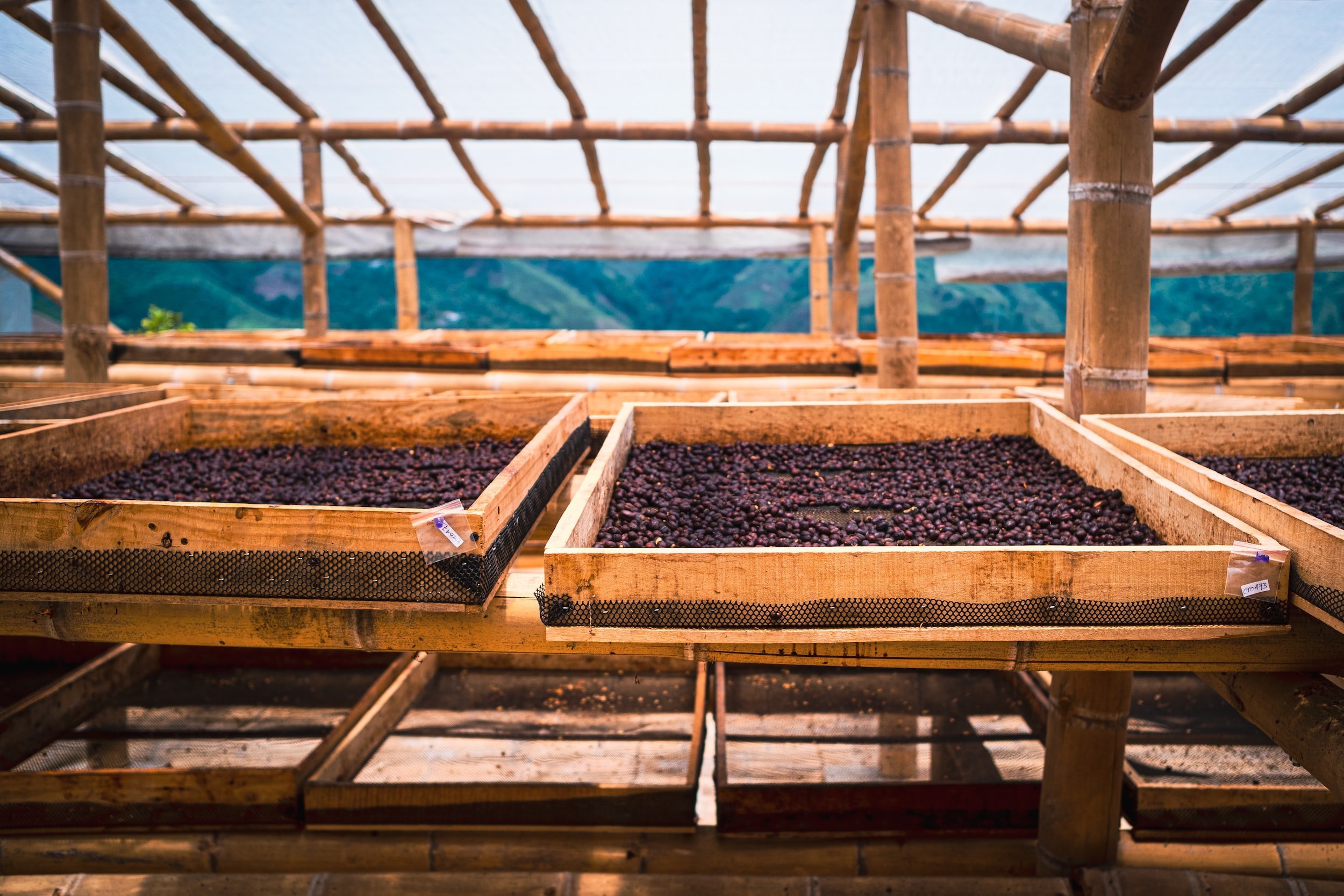Why is My Espresso Sour?
Most home espresso brewers have been there.
You've tried making the perfect espresso shot only to taste too much acid.
You wonder, is this espresso supposed to taste this sour?
Is it even a bad thing for your espresso to taste sour?
Several factors could lead to sour-tasting espresso.
This article will explore why your espresso is sour and how to fix it.
Is it normal for espresso to be sour or acidic?
Some espresso can be described as having some acidity, but a sour taste is usually undesirable.
Espresso should only have sour notes if the coffee it was brewed from has an acidic flavor profile.
The flavor notes in some coffees include sour fruits such as green apples, lemons, cranberries, or grapefruit.
Coffee with this flavor profile is likely to showcase some level of acidity.
Single-origin coffee from certain regions tends to highlight such flavors.
There are plenty of examples of this in African coffee regions.
Ethiopian coffee displays various flavors, but some have dominant citrus fruit flavors.
Kenyan coffee typically has a bright fruit flavor that can sometimes come across as notes of tomato.
Tanzanian coffee can put forth inviting brightness and acidity as well.
If your coffee doesn't come from a region known for acidic coffee or you don't expect sour notes, it shouldn't taste overly sour.
Why does my espresso taste so acidic?
Sour or acidic espresso is typically due to under-extraction.
Acidic taste can also be a characteristic of where the coffee is grown and how it's processed.
Here are some of the reasons why your coffee might be acidic or taste sour
Your coffee is from a region known for acidic notes
You're using a light-roast coffee
You're grinding your coffee too coarsely
The water you're brewing with is too cold
Your ground coffee dose is too low
How do you fix sour-tasting espresso?
Use less acidic coffee.
Try single-origin coffee from another region if you buy single-origin coffee from African areas.
Coffees from many Asian regions tend to have lower acidity.
Central and South American coffee tends to have more chocolatey notes in their beans.
We break this down in our article, Coffee Flavor by Region.
The end result of the brew is coffee that is less sour or acidic compared to other regions.
Use darker or espresso roast coffee.
Lighter roasts are known to produce brighter flavors in coffee.
Light-roast coffees may also be harder to dial in for folks trying to escape more acidic flavors.
If you prefer single-origin, consider using medium to dark-roast coffee.
Also, consider using an espresso roast.
Espresso roast tends to feature a blend of darker roasted coffee from various regions that, when combined, produce a more balanced espresso shot.
Grind your coffee finer.
The brew water runs through the filter too fast when your coffee is ground too coarsely.
The coffee is under-extracted when the water flows through the filter too quickly.
This leads to a sour unbalanced brew.
If your double-shot espresso or ristretto takes less than 20 seconds to brew, try making the grind finer and finer until it tastes more balanced.
Increase the temperature of your brewing water.
Low brewing temperature is another factor that leads to under-extraction.
You will get weak, acidic coffee when the brewing water is too cold for coffee grounds.
Temperatures too low do not penetrate the coffee grounds enough to bring out the coffee flavors most enjoy.
If your brew water is too low, try increasing that temperature.
According to coffee guru James Hoffman in the book How to Make the Best Coffee At Home, typical brewing temperatures by roast are:
Light roast: 198-207 degrees Fahrenheit
Medium roast: 190-201 degrees Fahrenheit
Dark roast: 176-185 degrees Fahrenheit
Be careful not to increase the temperature above 207 degrees Fahrenheit because the coffee may start to have a bitter or burnt flavor.
Increase the number of coffee grounds you're using
If you've tried all of the above and still have sour-tasting espresso, you may need to use more coffee.
In the US, we mostly brew ristretto or double-shot espresso using 15-20 grams of coffee.
Using too small a dose is similar to using too coarsely ground coffee.
The water stays in contact with the coffee for a short time, leading to under-extraction.
Try increasing the amount of coffee until the flavor becomes less acidic.
What should good espresso taste like?
What good espresso tastes like depends on the roast level and the origin.
Espresso from dark single-origin or espresso roast coffee should taste rich, bold, and robust, with darker flavors like dark chocolate and a nutty sweetness.
Espresso from light roast coffee can be more acidic and balanced with floral or fruity sweetness.
Espresso from medium roast coffee falls between light and dark with a balance of fruit, caramel, and chocolate.
In Summary
Sour-tasting espresso can be unpleasant, especially if you're not expecting such a flavor from the coffee you're drinking.
While some experience tart fruit notes as unpleasant acidity, sometimes coffee is simply under-extracted.
If your espresso is too sour for your liking, check the following:
coffee origin
coffee roast level
coffee grind consistency
water temperature
coffee grind amount
By changing one variable at a time, you can keep track of the changes you've been making.
This will help you to quickly determine which factors are causing your espresso to taste sour.



